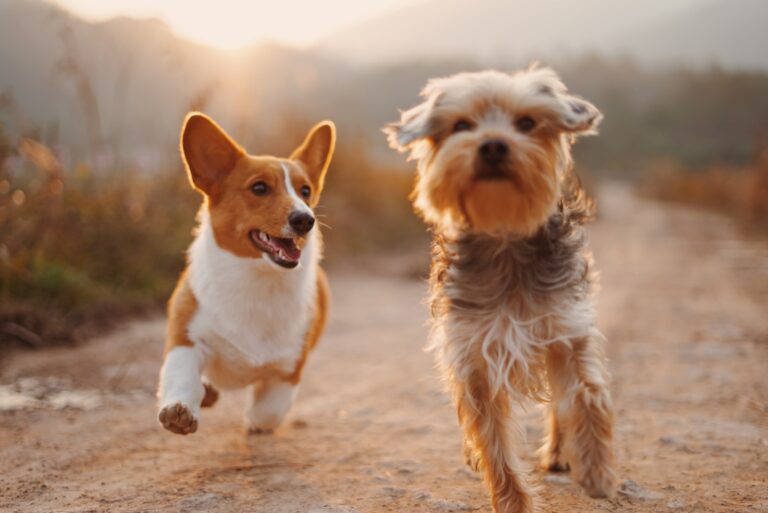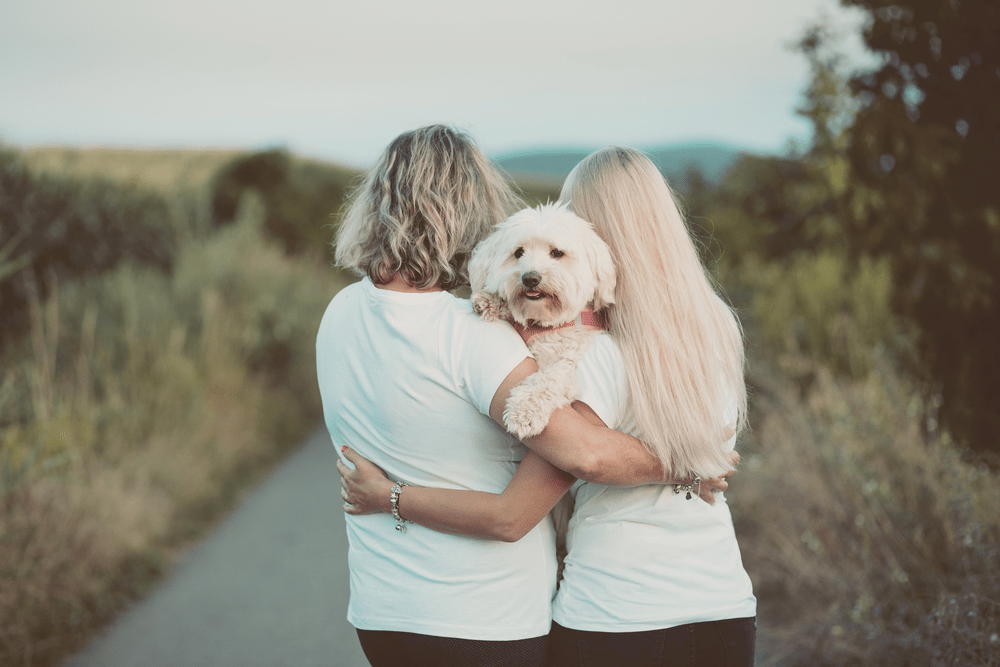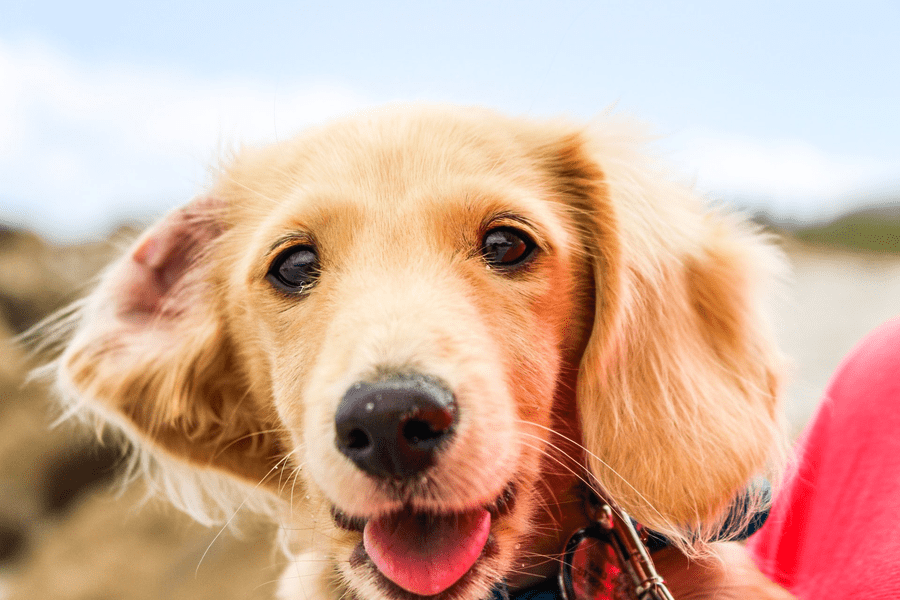Socializing Dogs for Happiness: Building Confident and Well-Adjusted Canine Companions
Welcome to our magazine where we delve into the significance of dog socialization and how it shapes well-rounded and behaviorally sound canine companions.
Effective dog socialization involves exposing them to different people, animals, environments, and experiences in a positive and controlled manner.
In this article, we will explore why early socialization is crucial for their emotional well-being, mental stimulation, and long-term behavior.
Understanding Dog Socialization
Early Developmental Period
A Crucial Time for Socialization During a dog’s early developmental period, typically between 3 and 14 weeks of age, they go through a sensitive period for socialization. This phase is crucial as it’s when dogs are most receptive to new experiences. Genetic predispositions and early experiences also shape their social behavior and temperament. Understanding this period helps us recognize the importance of early socialization efforts.
During this period, puppies are like sponges, eagerly absorbing information about the world around them. Positive interactions and exposure to various stimuli during this stage help puppies develop into confident and well-adjusted dogs. Without proper socialization, dogs may become fearful or anxious, leading to behavioral problems later in life.
Definition and Purpose of Socialization
Dog socialization refers to the process of exposing them to a wide range of people, animals, environments, and stimuli, with the goal of familiarizing them and building positive associations. The purpose of socialization is to help dogs develop confidence, adaptability, and appropriate social behavior.
By gradually introducing dogs to different experiences, we teach them that new things are not to be feared but rather opportunities for positive interactions.
Through socialization, we aim to prevent fear, anxiety, and aggression by teaching dogs how to respond calmly and confidently in various situations. Well-socialized dogs are more likely to navigate the world with ease, feeling comfortable and secure in different environments and with diverse individuals.
The Benefits of Dog Socialization
Promoting Emotional Well-being
Proper socialization plays a crucial role in promoting a dog’s emotional well-being. By exposing them to new experiences in a positive and controlled manner, we can reduce anxiety and fear-related behaviors. Socialized dogs are more likely to be confident, resilient, and adaptable, enabling them to handle new situations with ease.
Socialization also strengthens the bond between dogs and their human companions. Through positive experiences, dogs learn to trust their owners and feel secure in their presence. This trust and security provide a foundation for a harmonious relationship and a sense of emotional well-being for both the dog and the owner.
Enhancing Dog Behavior
Communication, Self-Control, and Play Skills Socialization significantly contributes to the development of appropriate canine behavior. Dogs that are well-socialized from an early age are less likely to develop aggression or fear-based reactions towards people or other animals. They learn how to communicate effectively, engage in appropriate play, and exhibit self-control.
Properly socialized dogs understand the signals and cues of other dogs, enabling them to engage in positive and non-threatening interactions. They learn the appropriate times to play, how to initiate and end interactions, and how to communicate their intentions clearly. These social skills lead to smoother and more enjoyable interactions with other dogs and people.
Additionally, socialization minimizes destructive behaviors that may arise from boredom or anxiety. Dogs who are exposed to a variety of stimulating experiences are less likely to engage in excessive barking, chewing, or digging. Mental stimulation through socialization activities helps dogs channel their energy in positive ways, leading to a more harmonious coexistence between dogs and their human families.
Methods and Techniques for Dog Socialization
Controlled Exposure to People
One of the key aspects of dog socialization is exposing them to different individuals. This can be achieved by gradually introducing dogs to various people, including different age groups, genders, and ethnicities. It’s important to ensure that these interactions are positive and include proper handling and positive reinforcement techniques.
The goal is to build trust and positive associations with people. Encouraging gentle petting, offering treats, and using a calm and reassuring tone of voice can help dogs associate people with positive experiences. It’s crucial to respect a dog’s comfort level and allow them to approach people at their own pace, gradually increasing the level of interaction as they become more comfortable.
Positive Interactions with Other Dogs
Socializing dogs with other dogs is equally important. Safe and supervised introductions with well-socialized dogs can teach dogs appropriate social behavior and communication skills. Dog parks and organized playgroups can provide controlled environments for these interactions. However, it’s crucial to consider individual temperaments and to monitor interactions to ensure they remain positive and safe.
Allowing dogs to engage in appropriate play with other dogs helps them understand boundaries, practice self-control, and learn valuable social skills. It’s essential to intervene if play becomes overly rough or if one dog shows signs of discomfort or fear. Positive interactions with other dogs contribute to a well-rounded socialization experience.
Environmental Desensitization
Dogs should also be exposed to a variety of environments to become well-rounded. Gradual exposure to different settings, such as parks, busy streets, and public spaces, helps dogs become comfortable and confident in various situations.
Start by introducing dogs to fewer stimulating environments and gradually progress to more challenging ones. Provide positive reinforcement, such as treats and praise, to create positive associations with different environments. Desensitization exercises can be used to acclimatize dogs to common stimuli like loud noises, new objects, or unfamiliar surfaces. By gradually exposing them to these stimuli, dogs learn to remain calm and confident in various real-life situations.
Socialization Challenges and Solutions
Fear and Anxiety
Some dogs may exhibit fear or anxiety during socialization. Recognizing the signs is crucial to address these issues effectively. Common signs of fear or anxiety include trembling, panting, cowering, hiding, excessive drooling, or attempts to escape from the situation.
When encountering fearful situations, it’s important to remain calm and reassured. Forcefully exposing a fearful dog to something they’re afraid of can worsen their fear and lead to negative associations.
Instead, use desensitization and counter-conditioning techniques to gradually change a dog’s emotional response to specific triggers. This involves exposing them to the feared stimulus in a controlled and positive way, rewarding calm behavior, and gradually increasing their comfort level.
Late or Inadequate Socialization
In some cases, dogs may not have received proper socialization during their early stages. However, it’s never too late to work on socialization. With patience and understanding, adult dogs can still benefit from controlled exposure to new experiences, environments, and interactions.
For older dogs, it’s important to start socializing gradually and at their own pace. Assess their comfort level and tolerance for new experiences, and tailor the socialization process accordingly. Seeking the assistance of a professional dog trainer or behaviorist can provide guidance tailored to the specific needs of the dog and help address any challenges that may arise during the socialization process.
Socialization Dos and Don’ts
Dos
Start early and be consistent: Begin socializing dogs during their early developmental period and maintain regular socialization efforts throughout their lives.
Use positive reinforcement and rewards: Reward desired behavior during socialization to create positive associations with new experiences.
Gradually expose dogs to new experiences: Introduce new environments, people, animals, and stimuli gradually and in a controlled manner.
Don’ts
Force or overwhelm dogs during socialization: Respect a dog’s comfort level and avoid pushing them too quickly into uncomfortable situations.
Expose dogs to unsafe or stressful situations: Prioritize the safety and well-being of the dog and avoid exposing them to situations that could cause excessive stress or harm.
Neglect ongoing socialization throughout the dog’s life: Socialization is an ongoing process, and continued efforts are necessary to reinforce positive behaviors and maintain a well-socialized dog.
Lets Wrap It Up
Dog socialization is an integral part of raising a happy, well-adjusted canine companion. By providing puppies and adult dogs with positive and controlled socialization experiences, we set them up for success in various situations.
Socialization helps dogs build confidence, learn appropriate behavior, and prevent fear and aggression. Remember to start early, be consistent, and seek professional guidance if needed. Let’s prioritize socialization to ensure our furry friends enjoy a lifetime of happiness and harmonious interactions with the world around them.









